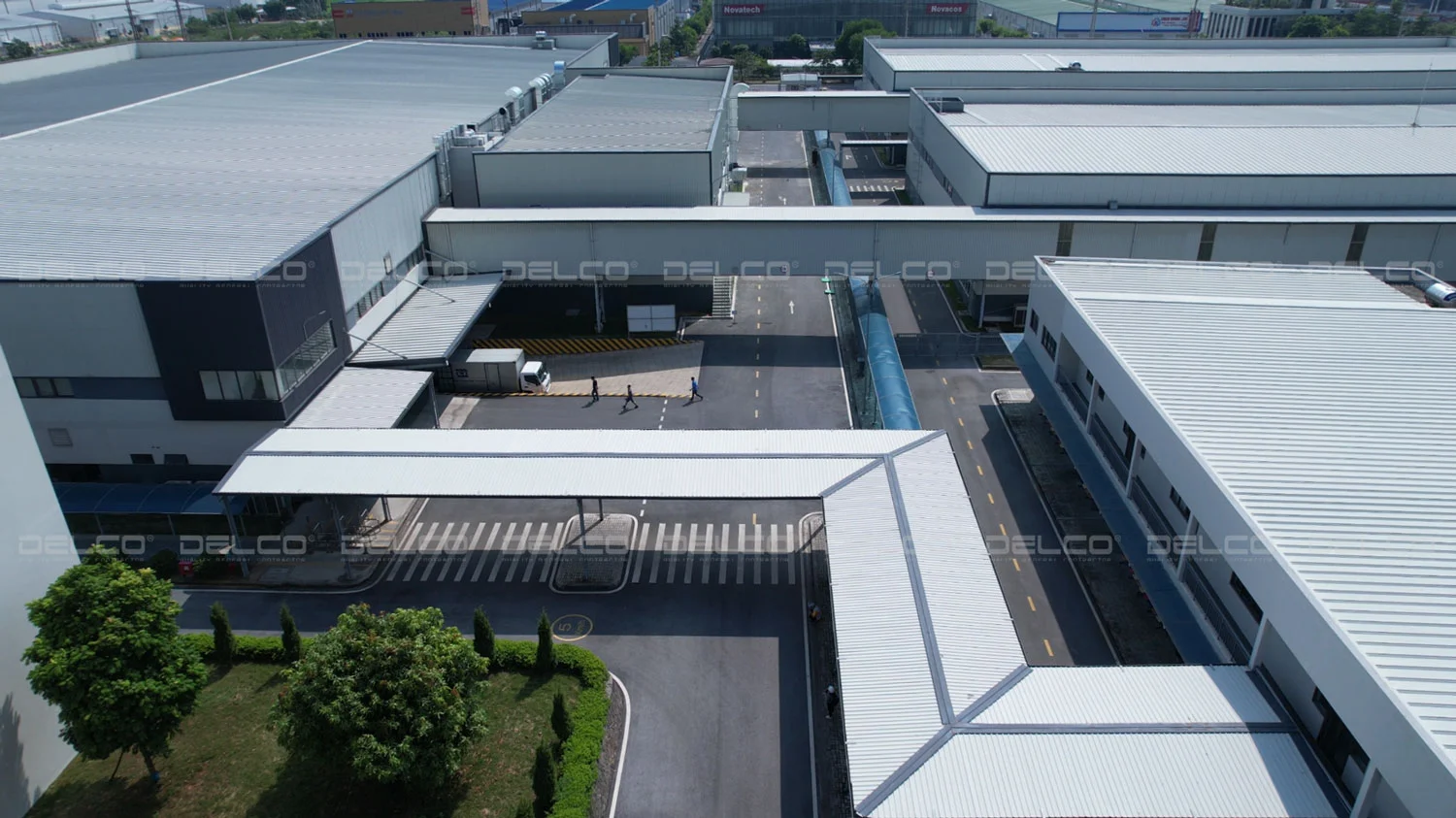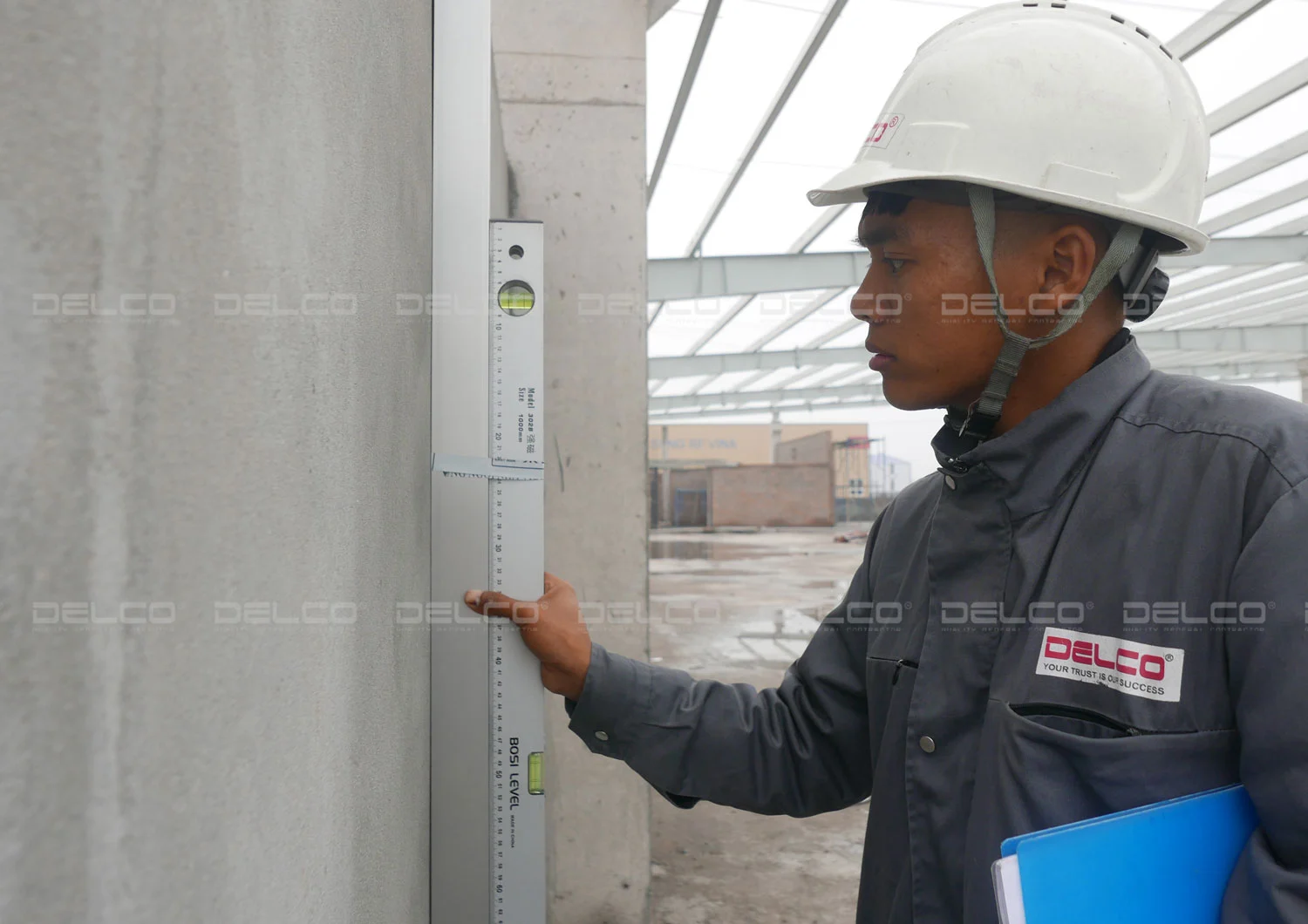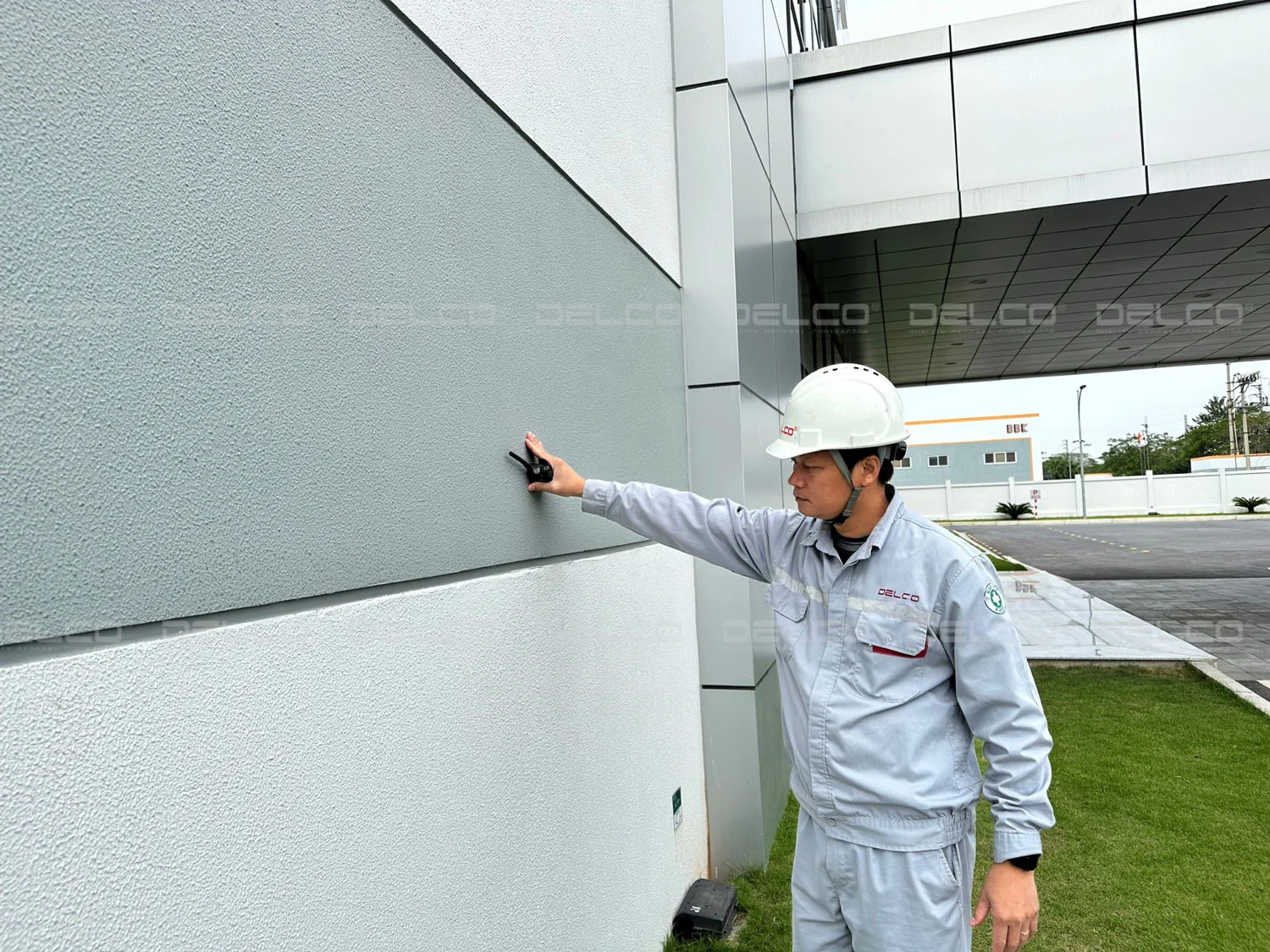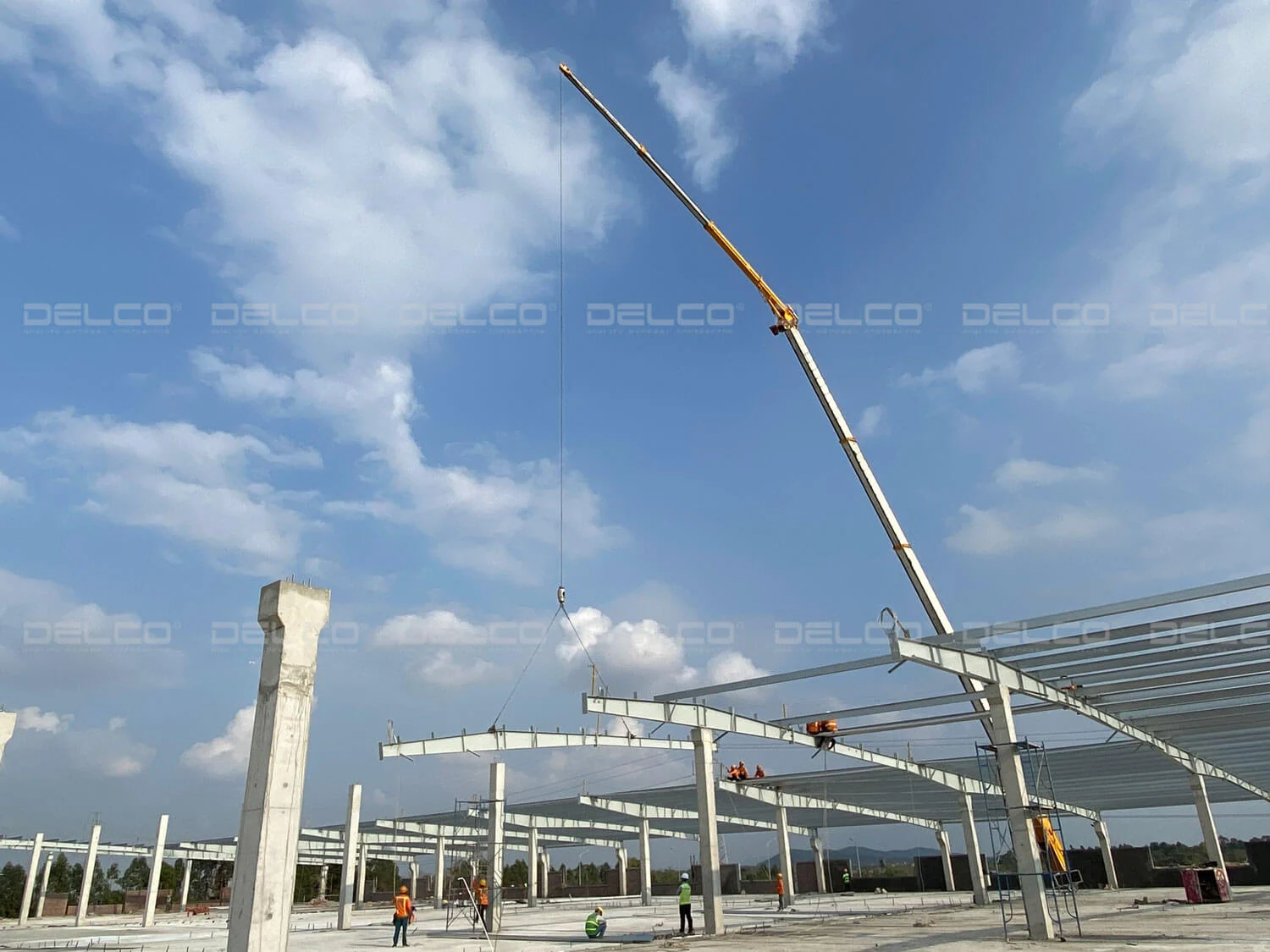BOQ and BOM are both essential documents that play closely connected roles in managing factory construction costs.
What is a BOQ? Does BOQ affect factory construction costs?
BOQ (Bill of Quantities), also known as the work quantity estimate sheet, is a crucial document in the bidding process. It helps investors control factors influencing factory construction costs, such as construction items (civil works and MEP systems), quantities, and types of necessary materials and equipment. The BOQ is prepared based on approved construction drawings and the project’s technical specifications.
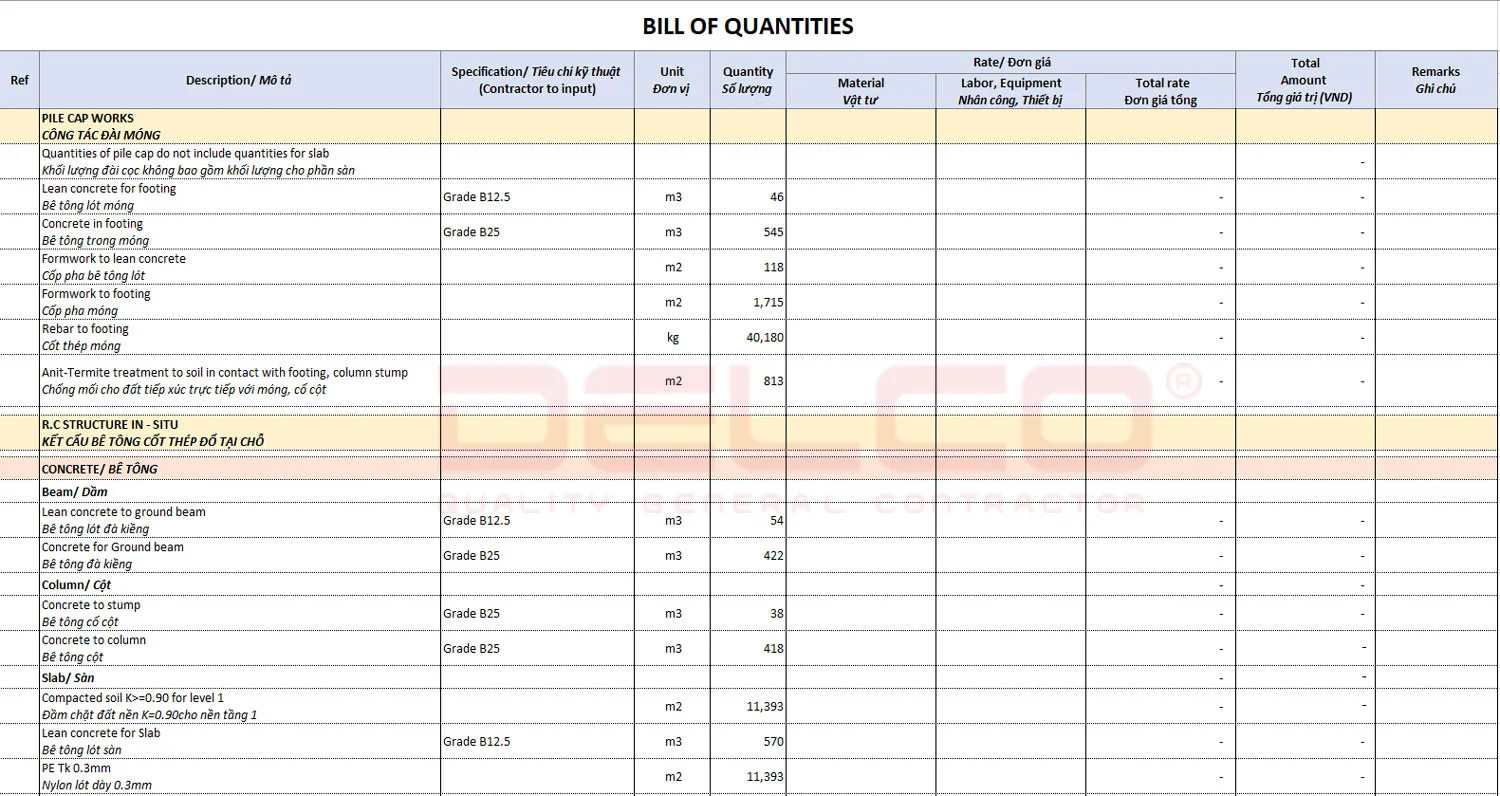
With a BOQ, contractors can submit competitive bids for the same specific work items and quantities, making it easier for investors to compare and select the right contractor for the project. However, to choose the most suitable contractor, investors should not rely solely on the BOQ. A more comprehensive and transparent evaluation should be made, considering factors such as the contractor’s capacity, experience, material quality, and warranty services.
Additionally, BOQ is often used to manage quantities in construction projects, serving as a basis for contract signing, progress payments, and finalizing project costs. However, the BOQ provides only an approximate estimate; the final settlement value still depends on the actual construction quantities.
What is a BOM? Its role in construction projects
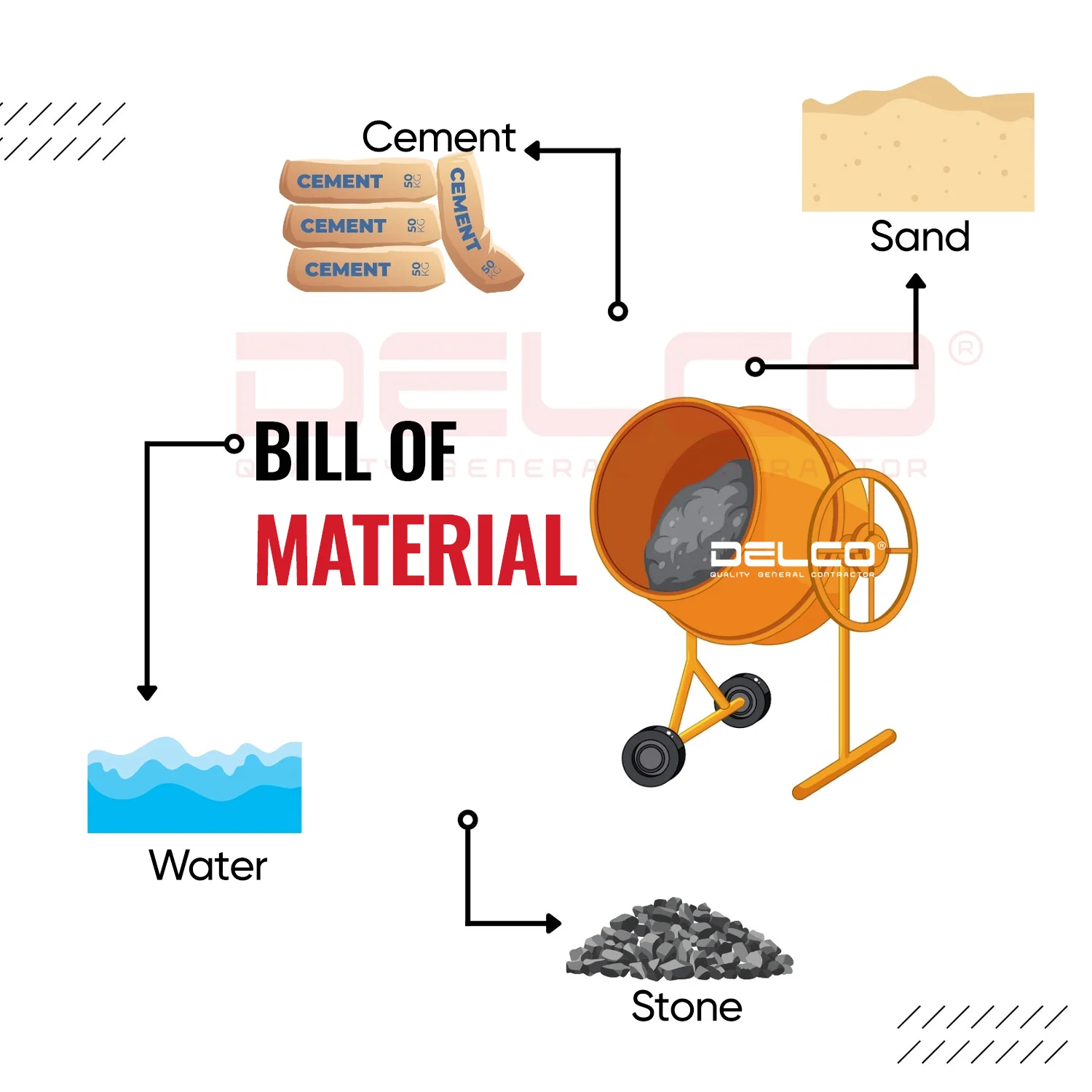
In construction projects, BOM – Bill of Material, is commonly used to monitor and optimize the production of components on-site, such as cast-in-place concrete, pre-engineered steel structures, duct systems, and more. BOM provides a detailed breakdown of the materials required for production. The main components of a BOM include:
- Types of materials,
- Technical specifications and quality standards,
- Quantities,
- Unit prices,
- Supplier information,
- Delivery schedule,
- Additional notes.
By listing all required materials and accurately quantifying them, BOM serves as a tool for tracking and managing material standards in construction. It ensures that components are manufactured in accordance with the design and technical standards.
The relationship between BOQ and BOM
BOQ and BOM serve different purposes and are used in distinct ways, but both are critical documents in construction cost management and have a strong interconnection.BOQ primarily focuses on estimating the workload and costs of the entire project. In contrast, BOM is typically used to manage the production of specific items on-site. Based on the BOQ, contractors prepare detailed BOMs to produce or supply materials for pre-engineered components. Conversely, BOM also supports BOQ by managing material quantities and optimizing construction costs, ensuring tight integration between design, production, and execution.
See also: Terms related to factory construction costs – Part 2: Does V-E affect construction quality?
See also: Comprehensive pricing for factory design and construction, detailed itemization
See also: Factors affecting the pricing of factory MEP design and construction


